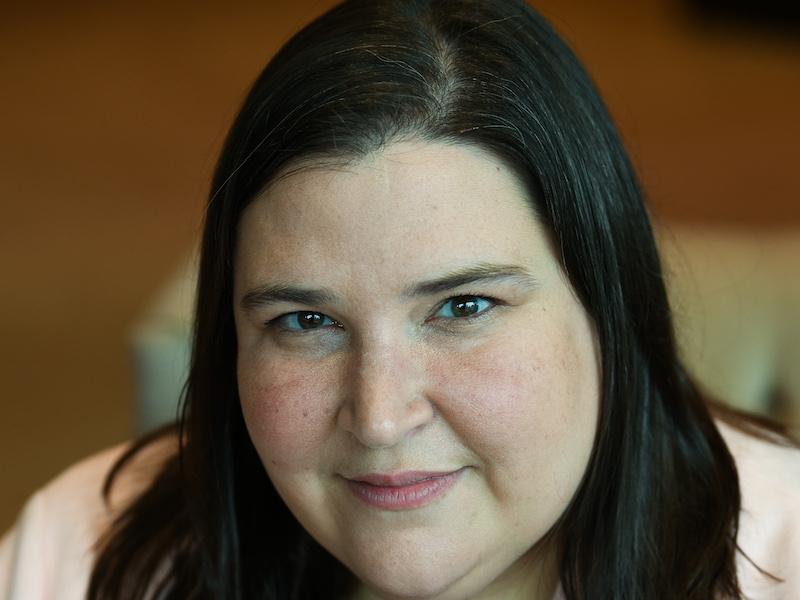

Plan sponsors face challenges balancing benefits plan sustainability while also ensuring their plan members have access to the care they need, said Marie-Hélène Dugal, manager of pharmacy benefit strategy at Medavie Blue Cross, during a session at Benefits Canada’s 2022 Face to Face Drug Plan Management Forum in Toronto in December.
Referring to Medavie’s claims data, she noted specialty drugs represent about a third of all drug claims costs, but only one to two per cent of claimants. In the past few years, more than 75 per cent of the new drugs reviewed by the insurer were specialty. “While these bring great innovation, they create additional pressure on drug plans.”
Dugal recommended plan sponsors assess their benefits philosophy in terms of what plan member needs they’re trying to meet. She noted it’s a balance between reimbursing expenses that everyone can benefit from, while at the same time recognizing high-cost drugs that could be catastrophic for an individual. “This is where the insurance model really pulls its strength from.”
Read: Growing use of specialty drugs putting pressure on plan sponsors: report
Drug plan design features that can improve plan sustainability include automated step therapy, which ensures plan members first try line therapies before reimbursing some of the newer, more expensive drugs. “This can often be verified in real time by the claims adjudication system based on their drug claims history,” said Dugal.
While managed formularies use a drug review committee to assess new drugs, she suggested they consider three main pillars: clinical effectiveness, cost-effectiveness and affordability. She also recommended plan sponsors avoid simply mimicking provincial drug plans, since public plans consider the health-care system while employers consider absenteeism, disability and productivity. As well, demographics for public plans are different than employer-sponsored programs.
New treatments with better side-effect profiles could help employees be more productive, said Dugal, noting it would “absolutely be worth it to a private plan sponsor to provide additional coverage,” while public plans might not factor that into their drug reviews. Another example of a different perspective is new specialty drugs that could prevent potential disability claims, which isn’t important for provincial drug plans.
She shared the example of an injectable drug that could prevent surgery, noting Medavie made a different coverage decision than the public plans — the public plan deemed the surgery to be more cost-effective and didn’t list the drug. However, for an employer, the surgery could result in a person being required to take time off work and could lead to a disability claim, so it made more sense to reimburse the new drug.
Read: High-cost medicines driving drug costs for public, private plans: report
Dugal suggested plan sponsors ensure their payer’s review process runs in an efficient manner to get timely listing decisions. “Access to drugs is important and that’s something that we’ve seen get progressively longer.
“Affordability is sometimes overlooked,” she added. “The drug could have the best therapeutic and clinical value [and] demonstrated cost-effectiveness, but it’s completely unaffordable.”
Ultimately, it’s important that plan sponsors are confident in their benefits philosophy, said Dugal. If a plan sponsor is challenged, but is sure about why it made a decision, it’s much easier to explain that and feel confident about the choices it has made.
Exceptions are always challenging, she added. “I think it’s important to be clear on what your policy so then that you can manage exceptions accordingly.”
Read more coverage of the 2022 Face to Face Drug Plan Management Forum.
